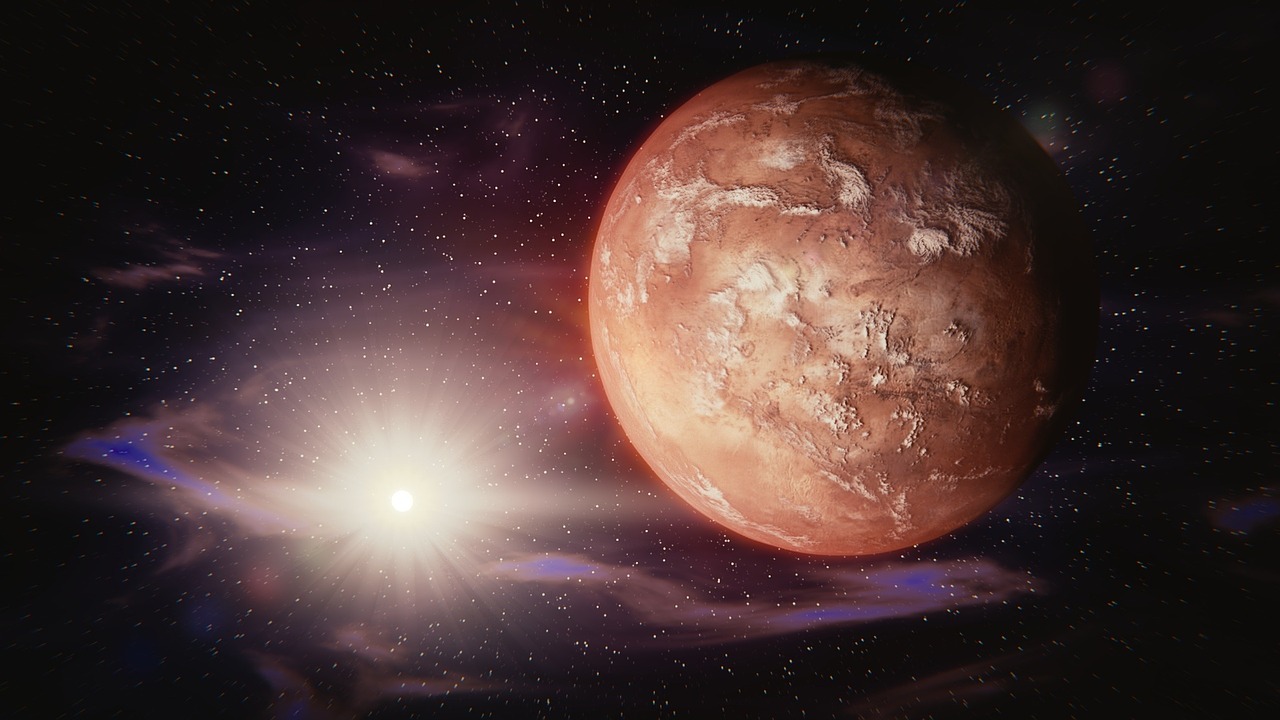
For centuries, humans have been fascinated about life on other planets, specifically on Mars which is one of the closest to our Earth. It should be no surprise then that NASA is taking this seriously, and is in fact building an instrument that will in effect “sniff” for life on the Red Planet.
BILI, short for Bio-Indicator Lidar Instrument, is a radar system with lasers as the foundation of the tech.
Recently announced by Agency researchers at the Goddard Space Flight Center, they claim that this device should make it a lot easier to find traces of life in Mars, as well as other planets, in future planetary exploration missions.
While the device may have a strong sci-fi vibe to it, the Lidar technology that BILI is based upon is already used in the US military for detecting the presence of toxins or chemicals in the air, as a means to counter the use of biological weapons. Lidar is also integral to the development of self-driving cars with major companies like Tesla Motors (NASDAQ:TSLA) and Google-parent Alphabet Inc (NASDAQ:GOOGL) using this laser based radar technology as one of the methods that will allow vehicles to identify and effectively avoid obstacles on the road.
The basic idea is that BILI will be mounted on the mast of future exploration rovers and will act as the machine’s nose.
While visual confirmation of life on other planets like Mars is most ideal, this is very difficult to capture. This is evidenced by the lack of any concrete proof despite numerous attempts to photograph the planet from the Earth, along with the unmanned exploration probes that have already landed on its surface.
BILI on the other hand foregoes looking for actual visual evidence and instead focuses on searching for bio signatures that may be present in Martian dust. The device first scans for plumes of dust and when detected, BILI will fire its ultraviolet lasers onto the plumes. This will cause the dust to illuminate, and the fluorescence will be captured by the device.
Scientists back at Earth can then analyze this data and determine if signs of organic life, whether recent or past, is present in Martian soil.
Another reason why BILI excites NASA researchers is that the technology is quite versatile. The device can detect traces of organic life on Martian dust particles in real time, with a range of hundreds of feet. This means that BILI can still scan areas where rovers simply cannot reach. Branimir Blagojevic, NASA technologist also touts how practical the device is, saying “BILI’s measurements do not require consumables other than electrical power and can be conducted quickly over a broad area. This is a survey instrument with a nose for certain molecules.”
As the tech matures for space exploration, possible future iterations of BILI can have sensors with significantly increased range, making the device viable for use on space probes, which NASA researchers believe will drastically increase the chances of detecting life in other areas of our solar system.



Leave a Reply